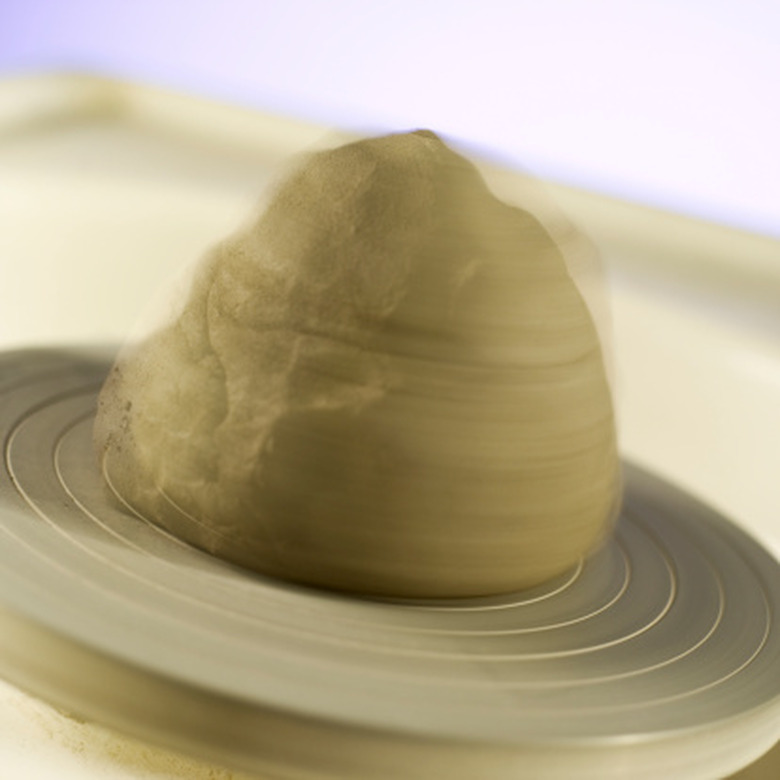Ceramic Vs. Clay
Clay and ceramic are often used to describe different materials for making pottery. Clay is a type of ceramic, but not all ceramics are made of clay. Clay is a natural material that comes from the ground, and ceramics are various materials that harden when heated, including clay.
Materials
Materials
Ceramics are made of materials that change molecular structure when they are heated. The process of heating clay or ceramics is called firing. Ceramics contain a metal oxide, which is usually zirconium oxide, silica oxide or silica carbide if it is made industrially.
Types of Ceramics
Types of Ceramics
The term ceramic can encompass nearly any material that must be hardened using heat, including bricks, stoneware, china, porcelain and tile. Glaze that is put on the ceramic can also be considered a type of ceramic itself as it hardens completely when it is fired.
Clay
Clay
Clay is a group of moistened minerals that are naturally found in the soil, containing aluminum silicates and crystalline silica. Clay can also contain different materials depending on where it is found, including sand, barium carbonate or sulfur. Industrial clay for use in pottery is often purchased as dry powder that is mixed with water and then formed on a pottery wheel, but clay can also come in clumps of natural clay that is processed and cleaned. Clay materials do not always have to be cured and will harden on their own, but can still be susceptible to disintegrating when they get wet.
Methods
Methods
Both ceramics and clay are heated to form a hardened, finished product. All ceramics and clay contain metal atoms and oxygen atoms, which form metal oxide crystals. The heating process bonds the metal oxide crystals together as well as removes the water from the clay or ceramic. After heating, the ceramic or clay item is a solid piece of pottery.
